Home>Technology>Smart Home Devices>Where To Put A 3D Printer


Smart Home Devices
Where To Put A 3D Printer
Published: January 22, 2024
Discover the best locations for placing a 3D printer in your smart home. Learn how to optimize space and enhance productivity with these placement tips.
(Many of the links in this article redirect to a specific reviewed product. Your purchase of these products through affiliate links helps to generate commission for Storables.com, at no extra cost. Learn more)
Introduction
Introduction
As 3D printing continues to gain popularity, many enthusiasts and professionals are faced with the question of where to place their 3D printer. The location of a 3D printer can significantly impact its performance, safety, and convenience. Whether you are using a 3D printer at home, in an office, or a workshop, finding the ideal placement is crucial for maximizing its utility and ensuring a seamless printing experience.
In this comprehensive guide, we will explore the various considerations for placing a 3D printer and provide practical insights for home, office, and workshop use. By understanding the factors that influence the placement of a 3D printer, you can make informed decisions to optimize its functionality and integration into your environment.
Considerations for Placement
Key Takeaways:
- Find the perfect spot for your 3D printer by considering stability, ventilation, accessibility, noise levels, and safety. Whether at home, in the office, or in a workshop, a well-placed printer enhances functionality and creativity.
- When placing your 3D printer, prioritize safety, noise management, and ventilation at home. In the office, consider workflow, noise levels, accessibility, and safety. In a workshop, focus on layout, noise and dust management, accessibility, and safety measures.
Read more: How To Operate A 3D Printer
Considerations for Placement
When determining the ideal placement for a 3D printer, several factors should be taken into account to ensure optimal performance and safety. Consider the following aspects when deciding where to position your 3D printer:
- Stability: The surface on which the 3D printer is placed should be stable and level to prevent vibrations and movement during the printing process. This stability is essential for maintaining print quality and accuracy.
- Ventilation: 3D printers can emit fumes and particles during printing, especially when using certain materials. It’s crucial to place the printer in a well-ventilated area to minimize exposure to potentially harmful emissions. Consider using a dedicated enclosure or positioning the printer near a window or exhaust system.
- Accessibility: Easy access to the 3D printer is important for loading filament, removing completed prints, and performing maintenance tasks. Ensure that the printer is positioned in a location where you can easily reach it without obstruction.
- Noise: 3D printers can produce varying levels of noise during operation. If noise is a concern, especially in shared spaces, consider situating the printer in an area where the sound won’t cause disruption.
- Space: Adequate space around the 3D printer is essential for unrestricted movement of the print bed and extruder. Additionally, allowing space for filament spools, tools, and other accessories contributes to a more organized and efficient printing environment.
By carefully considering these factors, you can identify the most suitable location for your 3D printer based on your specific needs and environment. Whether it’s for home use, office use, or in a workshop, these considerations will help you make an informed decision about where to place your 3D printer.
Home Use
Home Use
Integrating a 3D printer into a home environment requires thoughtful consideration of various factors to ensure seamless operation and safety. When determining the placement of a 3D printer in a home setting, the following considerations should be taken into account:
- Living Space: In a home, it’s essential to place the 3D printer in an area that doesn’t disrupt the flow of everyday activities. Consider setting up the printer in a dedicated workspace, such as a home office, hobby room, or garage, where it can operate without impeding regular household routines.
- Safety: If there are children or pets in the home, it’s crucial to position the 3D printer in a secure location to prevent accidental contact with hot components or moving parts. Using a protective enclosure can help mitigate potential safety hazards while the printer is in operation.
- Noise Level: Since 3D printers can generate noise during printing, especially with certain models and materials, it’s advisable to place the printer in an area where the noise won’t disturb occupants, particularly during nighttime or quiet hours.
- Ventilation: While some 3D printers have enclosed designs with built-in filtration systems, ensuring adequate ventilation in the printing area is important, especially when using materials that may emit fumes. Positioning the printer near a window or using a dedicated ventilation system can help maintain air quality.
By carefully considering these factors, you can identify an optimal location within your home for the 3D printer. Creating a designated printing area that addresses safety, noise, and ventilation concerns will contribute to a harmonious integration of the 3D printer into your home environment.
Office Use
Consider placing your 3D printer in a well-ventilated area with easy access to power and a stable surface. Avoid placing it near flammable materials or in high-traffic areas to ensure safety and efficiency.
Office Use
Integrating a 3D printer into an office environment requires strategic placement to ensure productivity, convenience, and safety. When considering the placement of a 3D printer in an office setting, the following factors should be taken into consideration:
- Work Environment: The placement of the 3D printer should complement the office layout and workflow. Consider locating the printer in a designated area that allows easy access for staff members involved in the printing process while minimizing disruption to daily office activities.
- Noise Management: Since some 3D printers can produce noticeable noise during operation, especially in open office settings, it’s important to position the printer in an area where the sound won’t cause significant disturbance to colleagues. If possible, consider placing the printer in a separate room or using noise-dampening enclosures.
- Accessibility: Easy access to the 3D printer is essential for office users to load materials, monitor prints, and retrieve completed items. Positioning the printer in a convenient location within the office space facilitates efficient utilization by staff members while maintaining a streamlined workflow.
- Safety Precautions: In an office environment, it’s important to consider safety measures such as securing the printer to prevent unauthorized access and ensuring that it is positioned away from high-traffic areas to minimize the risk of accidents or interference with ongoing tasks.
By carefully evaluating these considerations, you can determine the most suitable location within your office for the 3D printer. Creating a designated printing area that addresses noise management, accessibility, and safety concerns will contribute to the seamless integration of the 3D printer into your office environment, fostering productivity and innovation.
Workshop Use
Workshop Use
Integrating a 3D printer into a workshop environment requires strategic placement to optimize functionality, accessibility, and safety. When determining the placement of a 3D printer in a workshop setting, the following considerations should be taken into account:
- Workshop Layout: The placement of the 3D printer should align with the overall layout of the workshop, ensuring that it complements existing workstations and equipment. Positioning the printer in a dedicated area with access to power sources and essential tools facilitates efficient operation and maintenance.
- Noise and Dust Management: Since workshops can be noisy and prone to dust and debris, it’s important to position the 3D printer in an area where excessive noise and airborne particles won’t compromise print quality or pose safety risks. Consider using noise-reducing enclosures and implementing dust control measures to maintain a conducive printing environment.
- Accessibility and Utility: Easy access to the 3D printer is essential for workshop users to initiate and monitor prints, perform maintenance tasks, and retrieve completed items. Placing the printer in a convenient location within the workshop ensures seamless integration into the production workflow and facilitates timely utilization.
- Safety Precautions: In a workshop environment, safety is paramount. Securely positioning the 3D printer to prevent accidental interference, ensuring proper ventilation to mitigate fumes, and implementing safety protocols for printer maintenance contribute to a safe and efficient workshop setup.
By carefully considering these factors, you can identify an optimal location within your workshop for the 3D printer. Creating a designated printing area that addresses noise and dust management, accessibility, and safety concerns will enhance the functionality and integration of the 3D printer into your workshop environment, supporting creative and productive endeavors.
Conclusion
Read more: What Is An Extruder On A 3D Printer
Conclusion
Choosing the right location for a 3D printer is a crucial decision that can significantly impact its performance, safety, and integration into a home, office, or workshop environment. By carefully considering various factors such as stability, ventilation, accessibility, noise levels, and safety precautions, individuals can make informed decisions about where to place their 3D printer to optimize its functionality and utility.
For home use, creating a dedicated printing space that prioritizes safety, noise management, and ventilation ensures a harmonious integration of the 3D printer into the household. In an office setting, strategic placement that considers workflow, noise management, accessibility, and safety precautions fosters a productive and innovative environment. In a workshop, positioning the 3D printer to align with the layout, while addressing noise and dust management, accessibility, and safety measures, enhances its functionality within the production workflow.
Ultimately, the ideal placement of a 3D printer is contingent on the specific needs and dynamics of its environment. By evaluating the unique considerations for each setting and implementing practical solutions, individuals can seamlessly integrate 3D printing technology into their homes, offices, or workshops, unlocking its creative and productive potential while ensuring a safe and conducive working environment.
Whether it’s for personal projects, professional endeavors, or creative pursuits, finding the perfect spot for a 3D printer sets the stage for a seamless and rewarding printing experience, enriching the overall environment with innovation and ingenuity.
Frequently Asked Questions about Where To Put A 3D Printer
Was this page helpful?
At Storables.com, we guarantee accurate and reliable information. Our content, validated by Expert Board Contributors, is crafted following stringent Editorial Policies. We're committed to providing you with well-researched, expert-backed insights for all your informational needs.
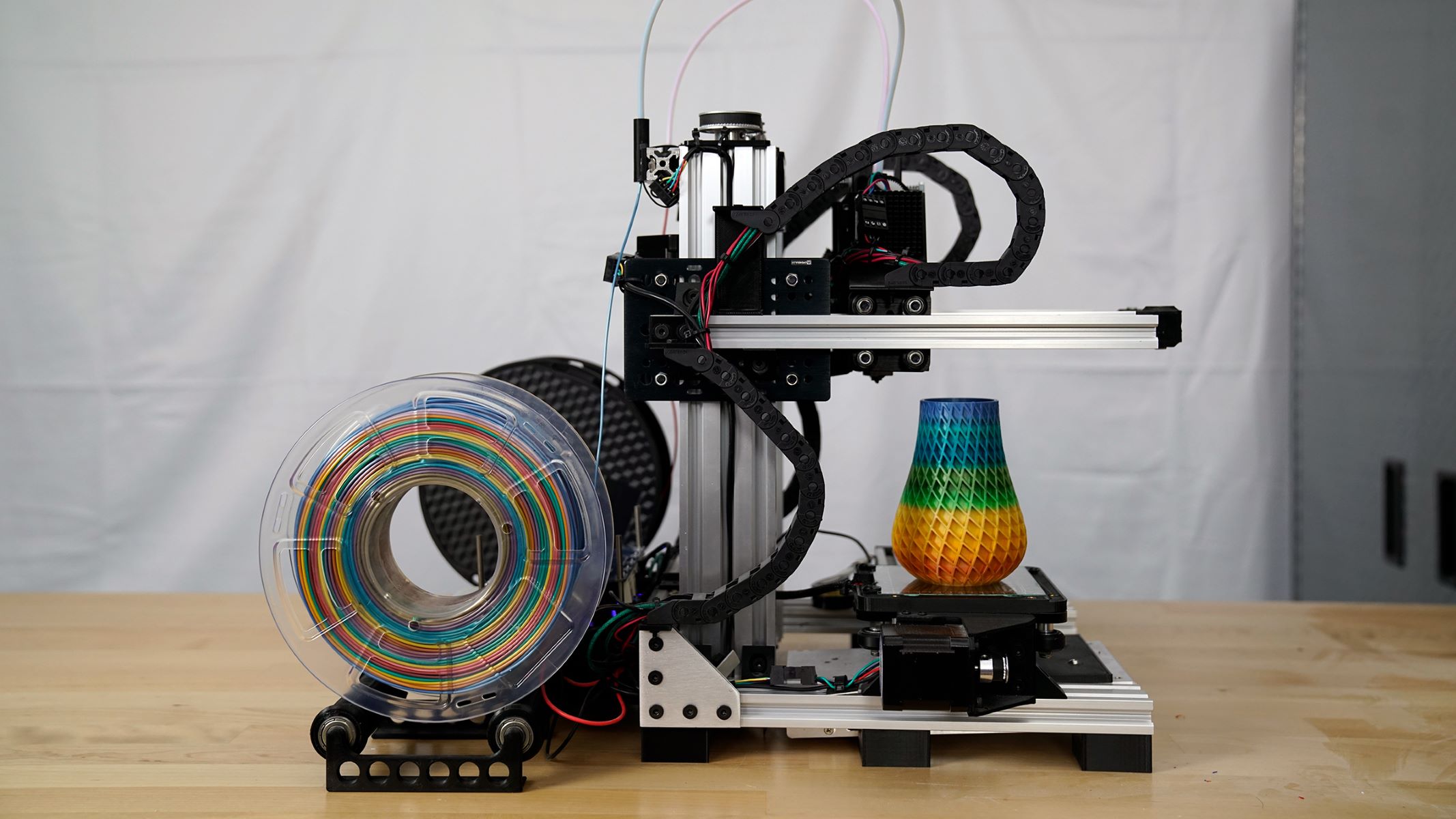

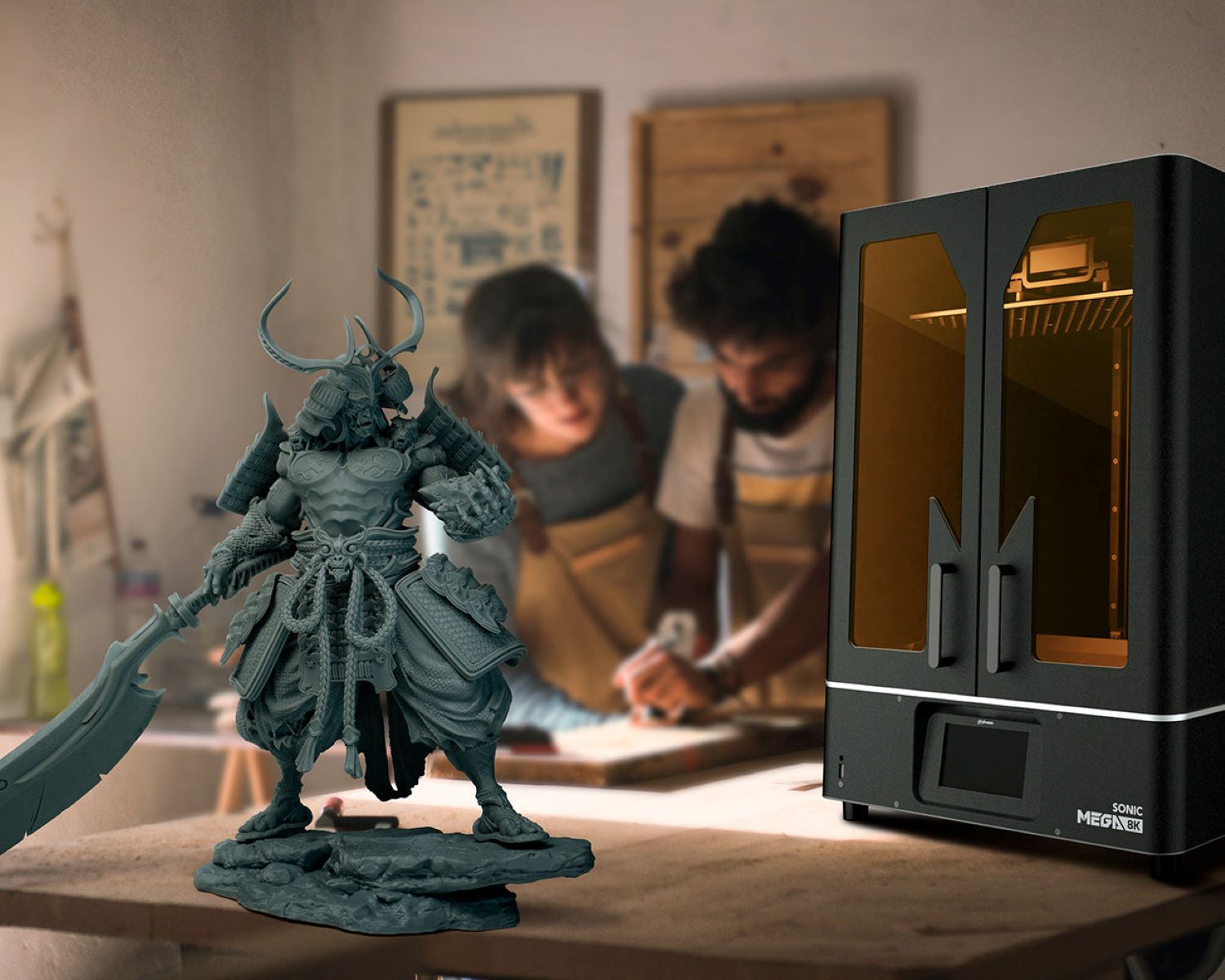

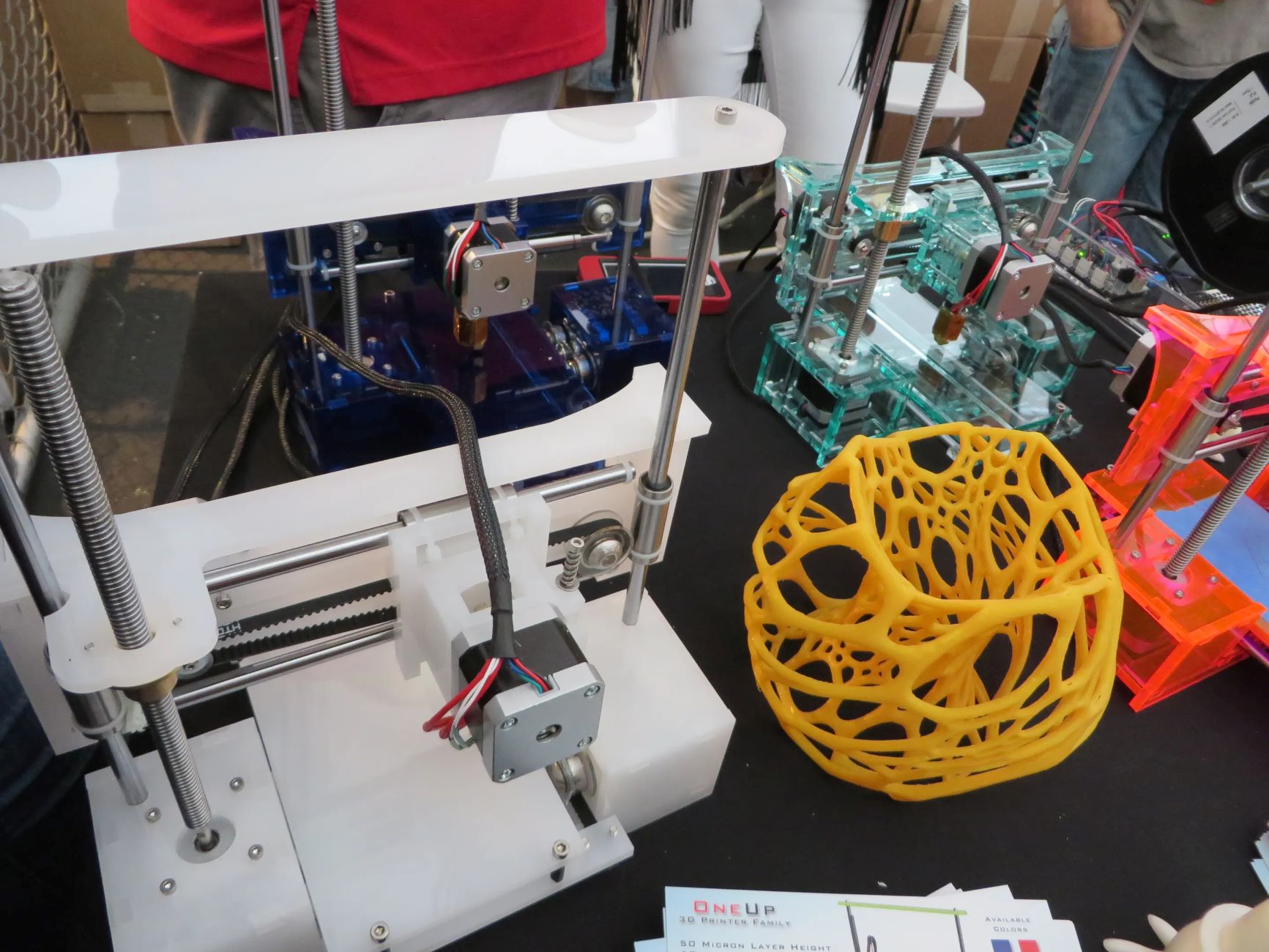

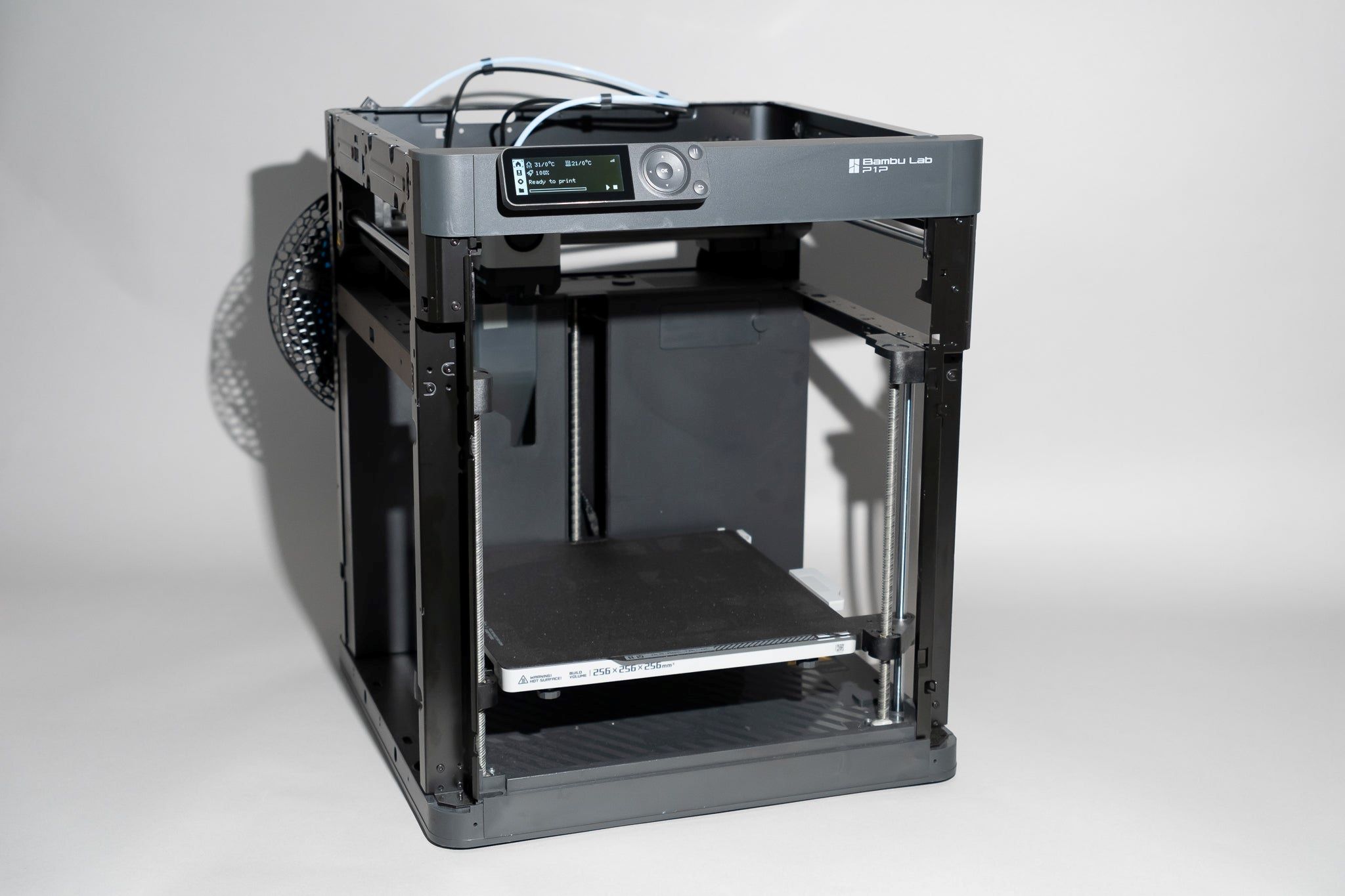
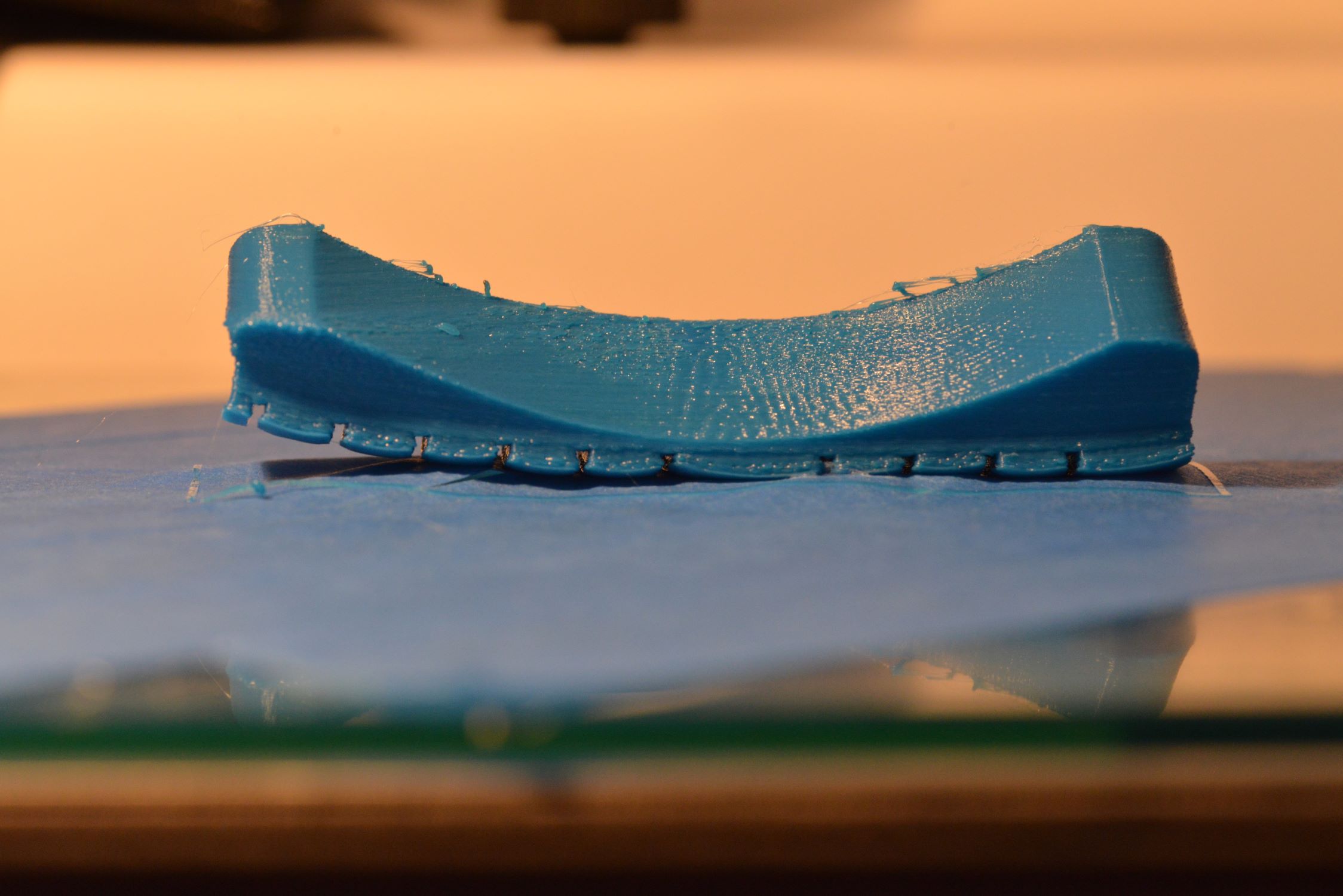
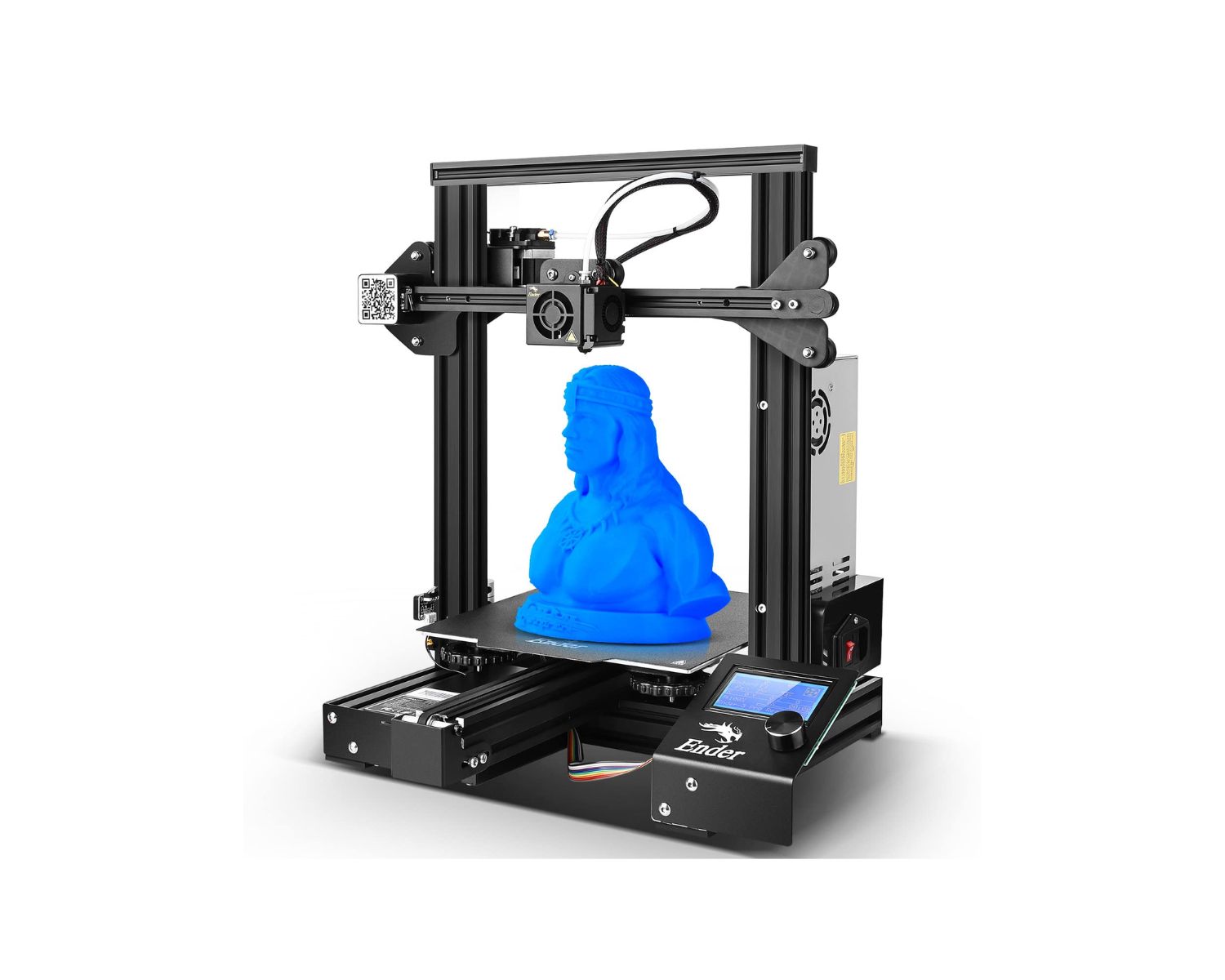
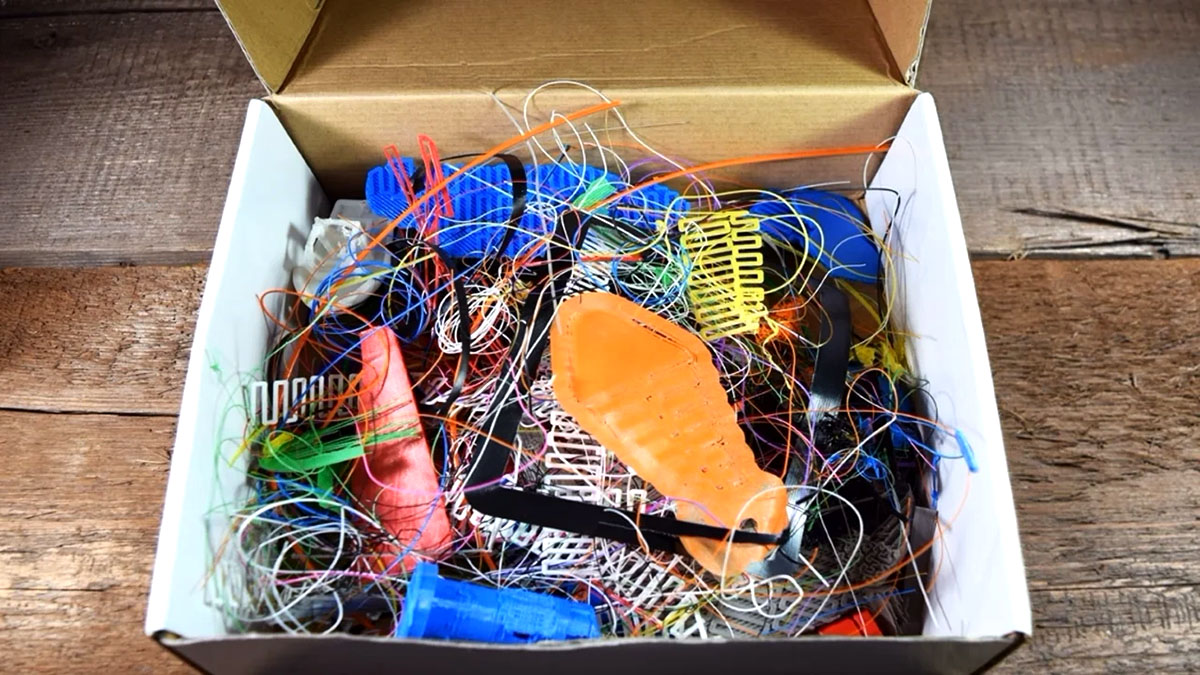
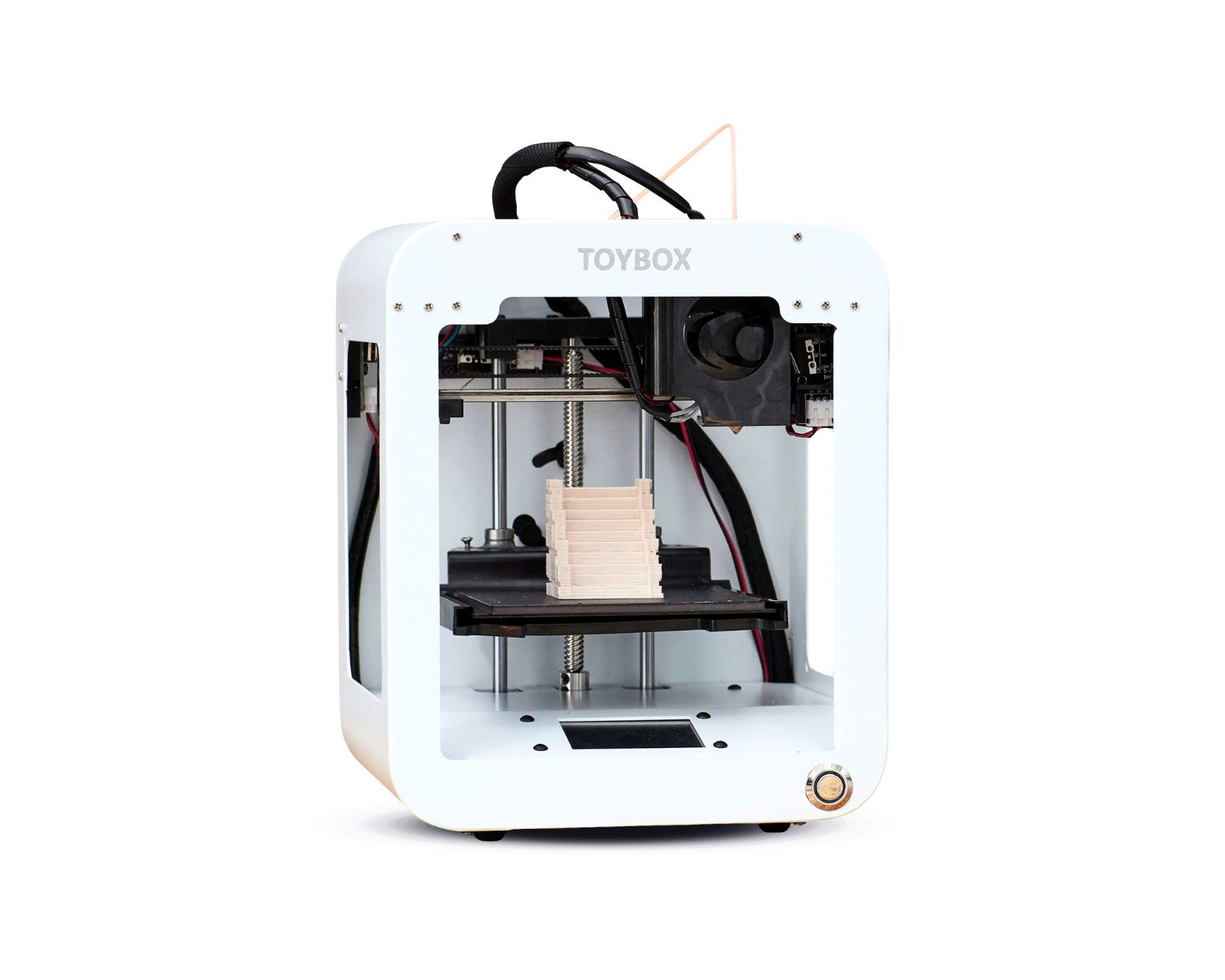
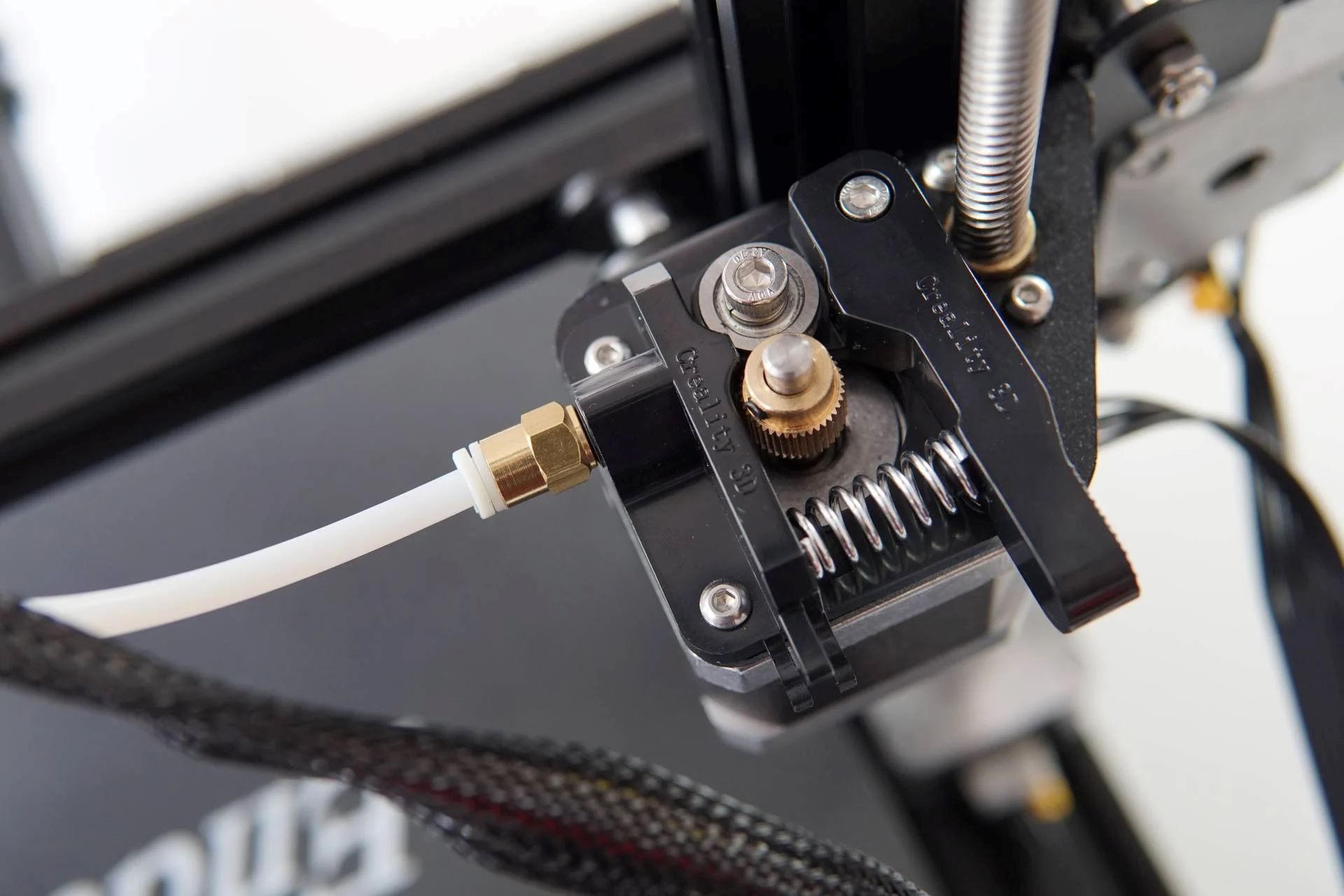

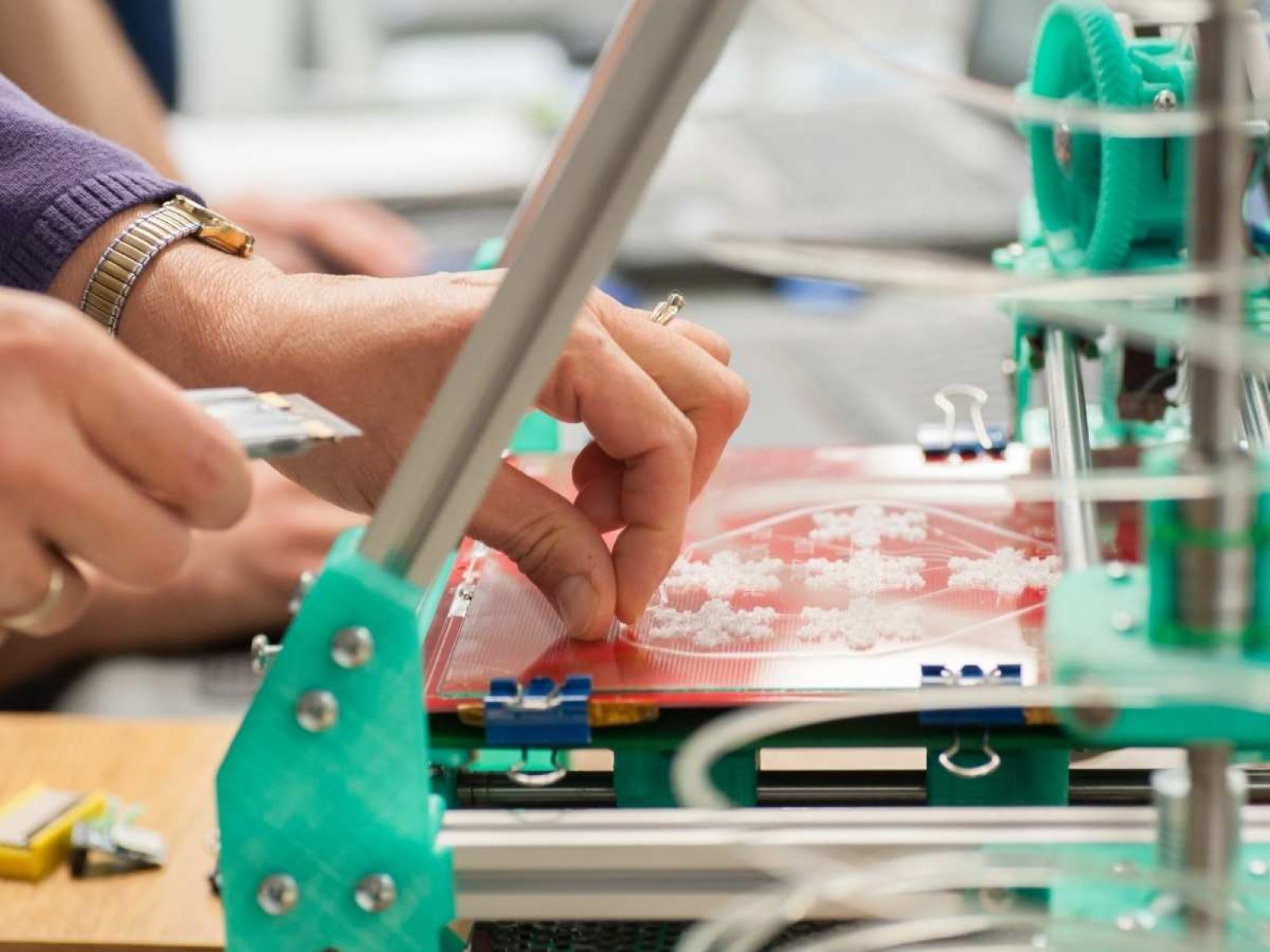

0 thoughts on “Where To Put A 3D Printer”